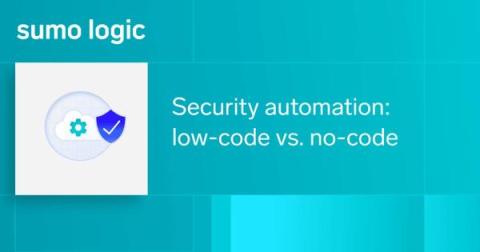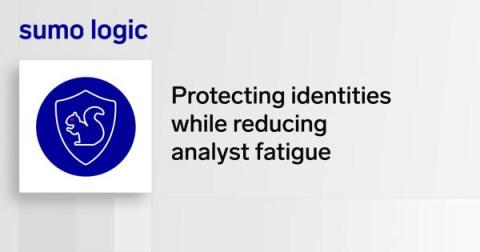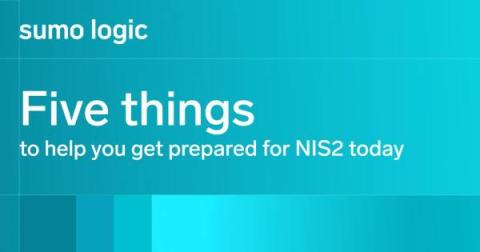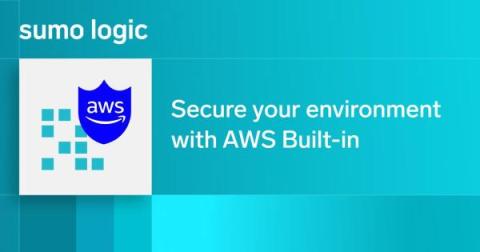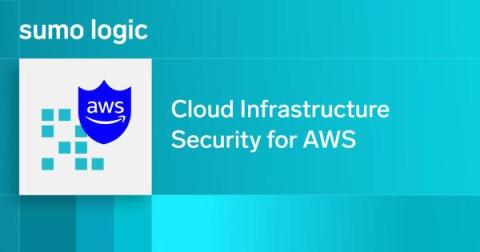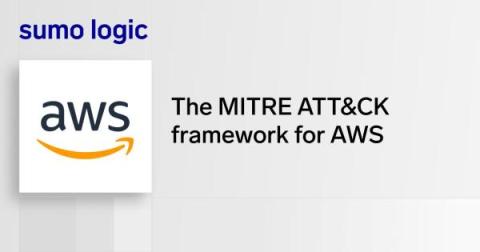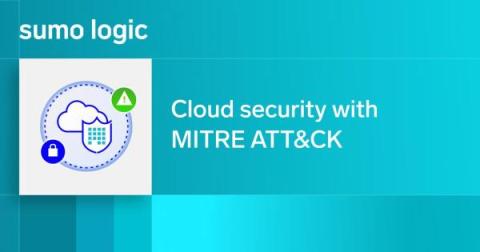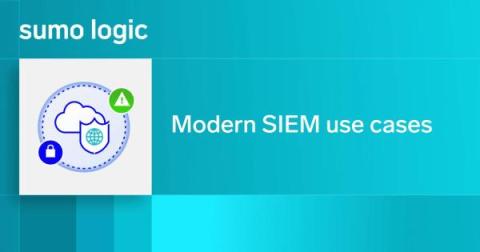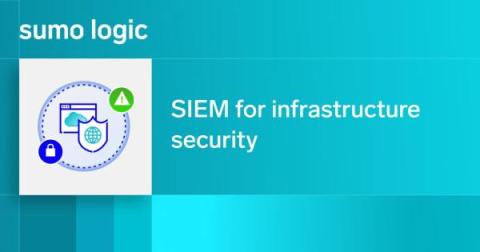No-code vs. low-code and near-no-code security automation
It seems that “no-code” is a term we hear more often in the security automation context these days. And this is especially true because automation has become one of the major talking points in cybersecurity. How is no-code automation implemented in cybersecurity? How do no-code and Sumo Logic automation compare to each other? We’ll discuss all these questions in the following sections.


